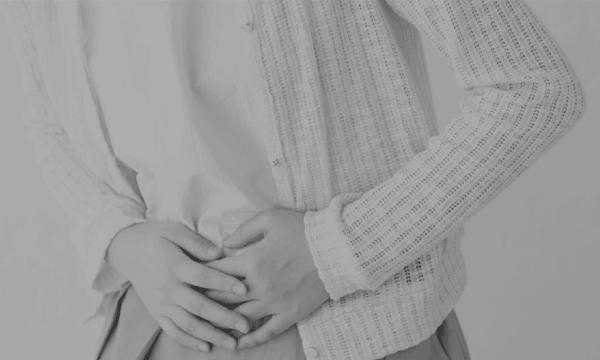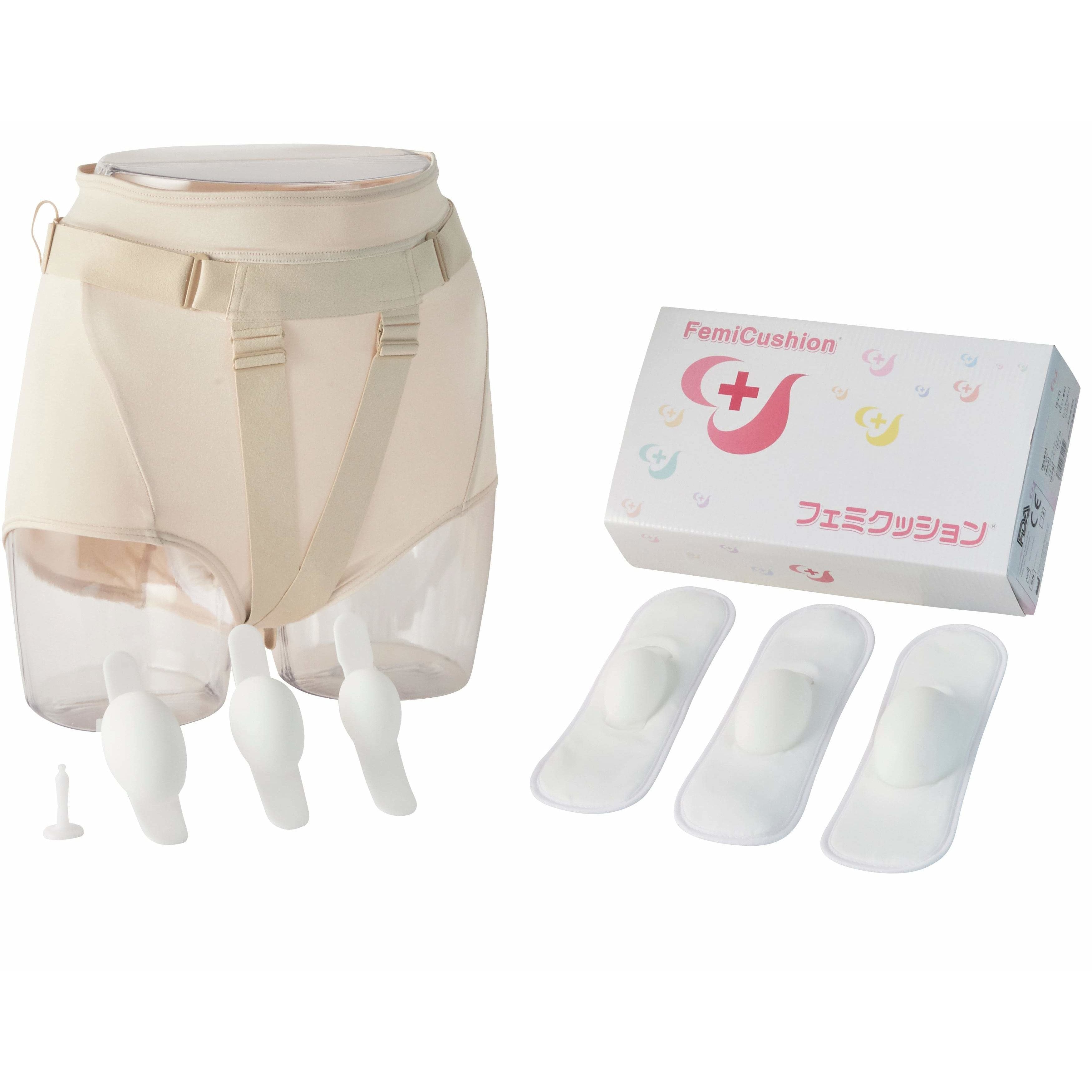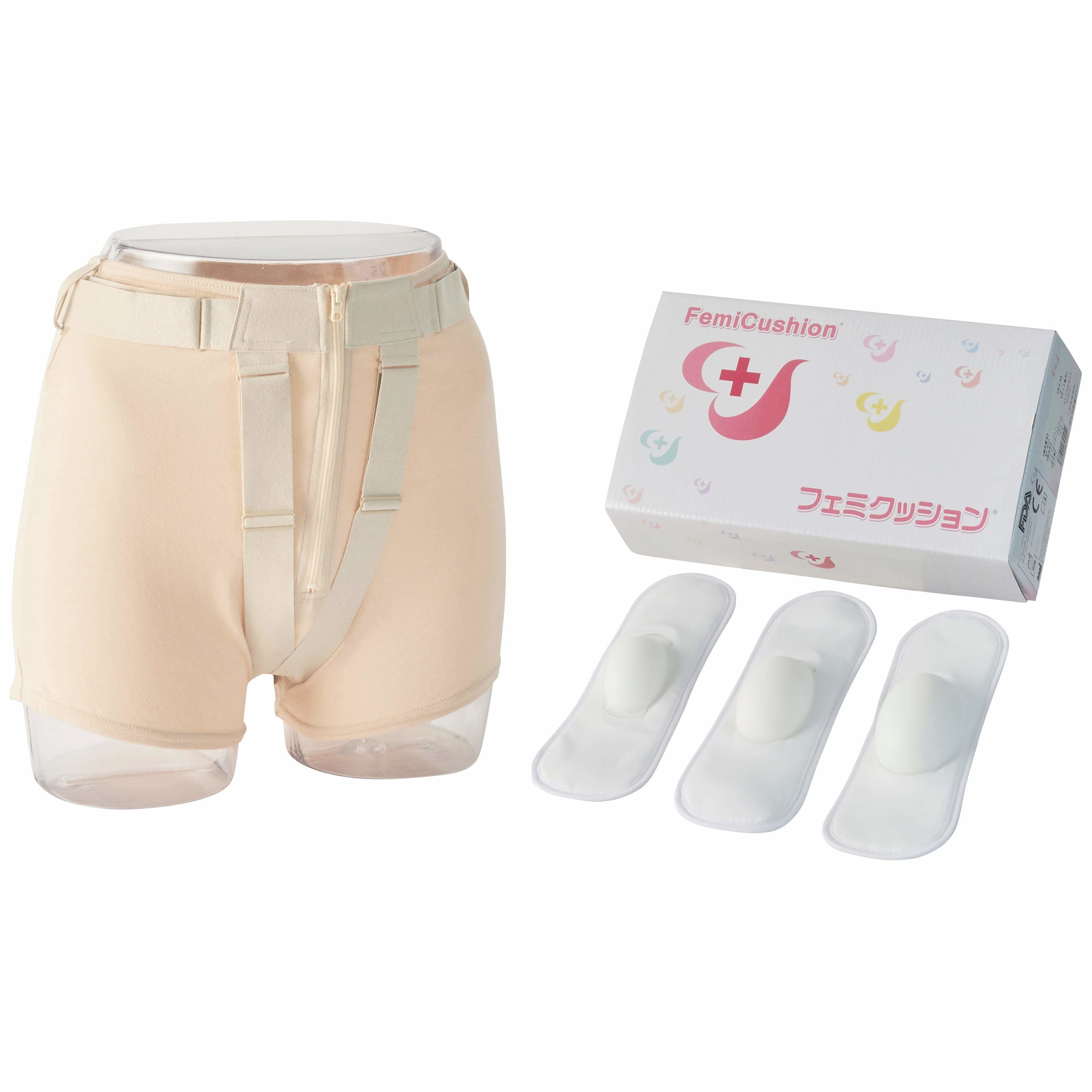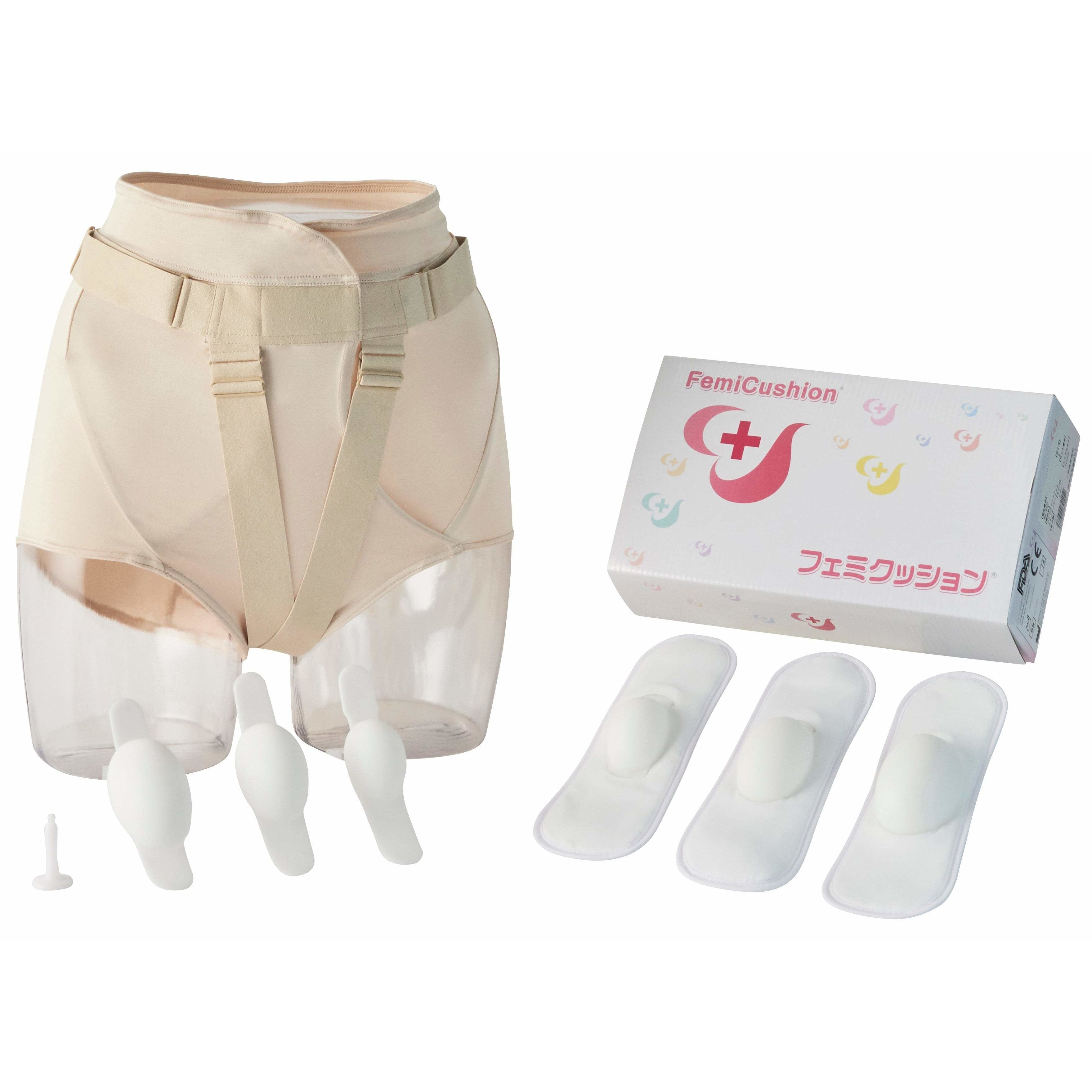Urinary Incontinence | Causes, Symptoms and Self-Care: Doctor’s Advice
Summary
Table of Contents

Urinary incontinence, or inability to control one’s bladder, can be an embarrassing problem for an adult. However, it is more common than we realize. The American Urological Association states that about one-third of all U.S. citizens suffer from urinary incontinence.
Typically, women are more susceptible to developing urinary incontinence than men. Approximately 30% of females in the age group of 30-60 experience it compared to 15.5% of men. This article explores what medical experts say about the causes, symptoms, and self-care practices for urinary incontinence.
What is Urinary Incontinence?
Urinary incontinence is the involuntary leaking of urine due to weakened or loss of control over one’s bladder and urinary sphincters. It might occur due to multiple reasons, and the risk of developing it increases with age. The symptoms of urinary incontinence depend upon the type of incontinence.
Types of Urinary Incontinence:
Generally, urinary incontinence can be classified into four types:
1. Stress Urinary Incontinence (SUI)
Stress incontinence happens when the pelvic muscles get stretched and weakened. The bladder receives pressure during physical activity, causing urine to escape involuntarily. It is one of the most common types of urinary incontinence. Urine leakage can occur when exercising, walking, bending, lifting, sneezing, or coughing.
2. Overactive Bladder (OAB)
OAB, also known as “urgency” incontinence, is probably the second-most common type of urinary incontinence. It is characterized by sudden and strong urges to urinate that arise frequently. It usually happens when the bladder is overactive and induces the need to urinate even when it is not full. It is common in men with prostate problems and post-menopausal women.
3. Mixed Incontinence (SUI and OAB)
Often, some people may leak urine due to physical activity (SUI) and also feel strong and sudden urges to urinate (OAB). This condition is known as mixed incontinence.
4. Overflow Incontinence
Overflow incontinence is a condition that occurs when the kidneys produce more urine than the bladder can hold, thereby causing it to leak urine involuntarily. This is the only type of urinary incontinence that is more common in males than in females. It is often characterized by constant “dribbling” of urine
Urinary Incontinence and Bladder Prolapse
Certain bodily stresses in women, like childbirth, menopause, lifting heavy objects, straining during bowel movement, etc., can weaken the pelvic muscles and tissues that supports the bladder. As a result, the bladder droops into the vagina. This condition, called Bladder Prolapse, can trigger problems such as urinary difficulties, discomfort, and stress incontinence.
Non-Surgical Treatment of Urinary Incontinence
Treatment for urinary incontinence depends upon different factors, such as the type of incontinence, its cause, and severity. In mild-to-moderate cases of Urinary incontinence, the doctor usually starts with non-surgical treatment options, like -
● Behavioral techniques for Urinary Incontinence:
Behavioral techniques like bladder training, double voiding (waiting a few minutes to try urinating again after micturition), scheduled toilet trips, and fluid and diet management can help manage urinary incontinence.
● Pelvic floor muscle exercise for Urinary Incontinence:
Also known as Kegels, these exercises help strengthen the pelvic floor muscles and control urine leakage. It is an effective way to control SUI. It involves repeatedly contracting the pelvic muscles and holding the contractions for a few seconds.
● Medications for Urinary Incontinence:
- Anticholinergics can help control an overactive bladder and treat urge incontinence.
- Mirabegron helps treat overflow incontinence by relaxing the bladder muscles and increasing its capacity to hold urine.
- Alpha Blockers help treat urge incontinence by relaxing the bladder and prostate muscles and making it easier to empty the bladder.
● Electric Stimulation:
In this therapy, electrodes are inserted into the rectum or vagina temporarily to stimulate and strengthen the pelvic floor muscles.
Surgery and Procedures of Urinary Incontinence
- Sling procedures: It is a surgical procedure that involves a sling created from synthetic materials or strips of body tissues. The sling keeps the urethra shut and prevents urine leakage due to stress incontinence.
- Bladder neck suspension. This surgical procedure involving an abdominal incision prevents urine leakage due to SUI and OAB.
- Prolapse surgery: It is a surgical procedure performed in cases of pelvic organ prolapse.
- Artificial urinary sphincter: A small, fluid-filled ring is implanted around the bladder that keeps the urinary sphincters closed to prevent urine leakage. You have to press a valve implanted under the skin to deflate the ring and arrow urine to pass.
Self-Care for Urinary Incontinence:
Certain self-care products are available for people with urinary incontinence, such as:
- Adult diapers and underwear: These are made with absorbent materials that soak up urine. These are used when urinary incontinence is severe, and you leak large amounts of urine.
- Drip Collector: It is a device for men that fits over the penis and collects small amounts of urine leakage.
- Foam Cap: These are small pads that fit between the labia to absorb the urine leakage.
- Urethra Cap: It is a reusable, small silicone cap that shields the urinary opening to prevent urine leakage.
- Urethral insert: It is a small tampon-like, single-use device that is inserted into the urethra during certain activities that can trigger incontinence. It helps prevent urine leakage and is removed before urination.
- Pessary: It is a silicone prosthetic that is inserted into the vagina to maintain the support the vaginal wall provides to the bladder, thus preventing urine leakage in women with bladder prolapse
- FemiCushion: an alternative treatment option to pessary use and surgery for pelvic organ prolapse. It uses a silicone cushion that conforms to the shape of the body and provides direct support to the prolapse relieving painful symptoms and absorbs urine leakage.
Modified Behaviors and Lifestyle for Urinary Incontinence
Making behavior and lifestyle adjustments play a crucial role in managing urinary incontinence.
- Maintain a healthy weight through regular exercise and a balanced diet which can can alleviate pressure on the bladder to reduce the likelihood of urine leakage.
- Manage fluid intake by avoiding excessive caffeine and alcohol consumption, especially before bedtime, can minimize the frequency of bathroom visits during the night.
- Practice pelvic floor exercises, such as Kegels to strengthen the muscles that support the bladder and promote better urinary control.
- Create a regular schedule for voiding can help train the bladder and decrease the urgency to urinate.
- Use suitable absorbent products like pads or underwear to provide a sense of security and confidence is especially useful when going out.
The Bottom Line:
We hope this article has helped you understand the causes, types, and symptoms of urinary incontinence. Pelvic organ prolapse can also cause urinary incontinence. Multiple non-surgical and surgical procedures can help treat stress and urge urinary incontinence. Several self-care methods are also available that can help you manage the symptoms of urinary incontinence.
If you are diagnosed with pelvic organ prolapse and urine leakage is one of the symptoms, FemiCushion can help! Why FemiCushion? It is a non-invasive device that may help to relieve symptoms. Visit our frequently asked questions, or contact us to learn more.
Supervising Doctor of This Article

Koichi Nagao, MD PhD
Professor, Department of Urology, Toho University Faculty of Medicine
Director of Urinary tract reconstruction center, Toho University Omori Medical Center
Director of Reproduction Center, Toho University Omori Medical Center
Professor Nagao specializes in plastic surgery in the field of reproductive medicine. He completed eight years of plastic surgery training at Showa University before majoring in urology at Toho University. With his meticulous surgical techniques and careful examinations that combines urology and plastic surgery, Professor Nagao became a Board Certified Specialist with multiple associations including the Japanese Urological Association, the Japan Society for Reproductive Medicine, and the Japanese Society for Sexual Medicine.
The suggested Products

FemiCushion Standard Deluxe Kit
$299.99

FemiCushion Lite Kit
$249.99

Kit FemiCushion EasyOpen Deluxe
$299.99
